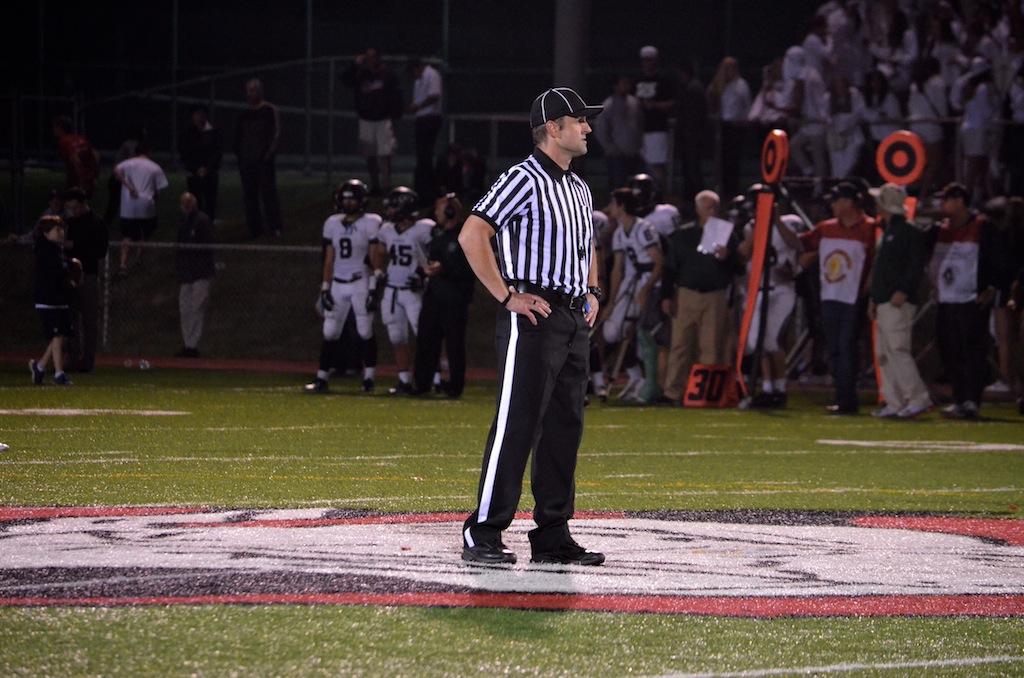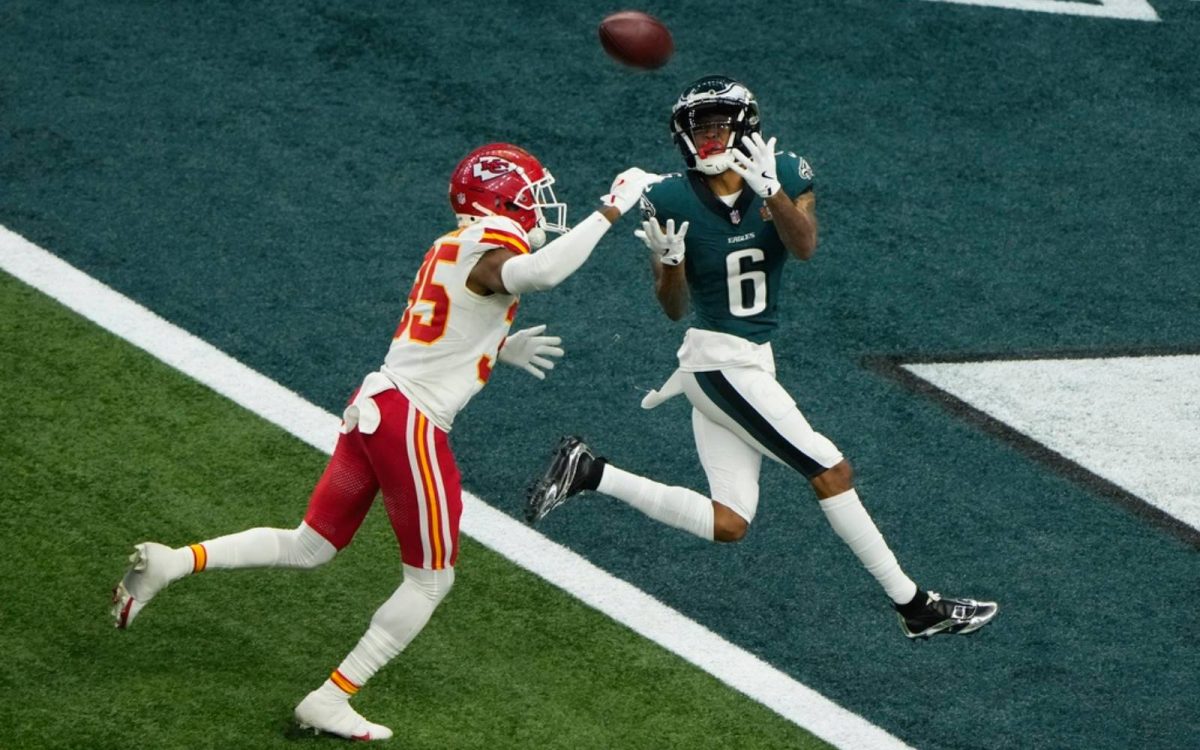Feb 3. is here, and with that, one of America’s undeclared holidays: Super Bowl Sunday.
Everyone has that one friend that sits on the couch, watching the big game. She roots for the team from her hometown; they score a touchdown. She cheers and high-fives her friends sitting next to her. As she shifts her attention back to the game, she catches a glance of her friend walking into the room. And just like that, she has lost interest in the game to the temptations of socializing. She jumps off the couch and joins her friend by the chips and salsa, and they talk through the rest of the game. They only pause to watch some entertaining commercials.
Many people use the Super Bowl as an excuse to throw a party. It is one day of the year to guiltlessly eat all the chips, salsa, and chili. It’s a day to watch all the new and funny commercials. It’s a day to “watch” football for fairweather fans, hardcore fanatics, and those who don’t even know what a touchdown is. And for those who still don’t even know which two teams are playing this Sunday, the Super Bowl has evolved from a sporting event to a social event.
In a study conducted by Sports Business Daily, Super Bowl viewers were asked why they watch the game. Only half said it was for the actual football game. The rest said it was to socialize with friends, watch commercials, and see the halftime show. Despite lower interest in the actual game, the amount of Super Bowl viewers has increased. Last year, ratings increased 12 percent among teenagers. This trend is predicted to continue increasing. 117 million viewers are predicted to watch the Super Bowl this year.
A survey of 50 Central students shows that 90 percent are planning to tune into the Super Bowl—whether it’s to watch the football game or to catch a glimpse of the TV while at a family Super Bowl party. What many people don’t realize is that Super Bowl Sunday has also evolved into a conveyer belt for consumerism. It has become an approach of transporting advertisements to a vast market.
On average, NBC charges $3.5 million per 30 seconds. This price doesn’t even include the cost of producing commercials with all the celebrity endorsements and production costs.
This is exponentially greater than the average $1000 that a typical 30-second commercial space costs. Granted, the price varies depending on the TV channel and show ratings. The advertising world, regardless, has latched onto of the most expensive airtimes in the US—the Super Bowl—and grown with it.











